Hot USD from banks to the "black market"
In the first trading session of the week, due to the heat spreading from the last Friday session, the USD increased "hotly" from the banking market to the black market.
Specifically, in the free market, at some stores in Hanoi's "gold streets" such as Ha Trung and Hang Bac, the USD exchange rate is commonly traded at: 23,450 VND/USD - 23,500 VND/USD, an increase of about 30 VND/USD compared to the end of last week. At different stores, the price may differ by about 10 VND/USD.
In the banking system, the USD also increased simultaneously.
At the Joint Stock Commercial Bank for Foreign Trade of Vietnam ( Vietcombank ), the USD/VND exchange rate is listed at: 23,300 VND/USD - 23,670 VND/USD, an increase of 20 VND/USD in both buying and selling prices compared to the end of last week.

In the first trading session of the week, the USD was hot, increasing from the world market to the domestic market. Illustrative photo
At the Joint Stock Commercial Bank for Investment and Development of Vietnam (BIDV), the US dollar traded at: 23,330 VND/USD - 23,630 VND/USD, up 10 VND/USD. At the Bank for Agriculture and Rural Development of Vietnam (Agribank), the exchange rate remained unchanged at: 23,305 VND/USD - 23,635 VND/USD.
Vietnam Joint Stock Commercial Bank for Industry and Trade (VietinBank) is a rare unit that adjusts the US dollar price in two different directions. The USD/VND exchange rate at VietinBank is bought and sold at: 23,332 VND/USD - 23,672 VND/USD, an increase of 32 VND/USD for buying but a decrease of 18 VND/USD for selling.
Joint stock commercial banks also pushed the US dollar higher. At Vietnam Export Import Commercial Joint Stock Bank (Eximbank), the exchange rate was: 23,350 VND/USD - 23,650 VND/USD, up 30 VND/USD for buying, up 25 VND/USD for selling. Vietnam Technological and Commercial Joint Stock Bank (Techcombank) increased the exchange rate by 20 VND/USD to 23,338 VND/USD - 23,672 VND/USD.
Continuously increasing in the world market
The US dollar in the domestic market increased in value as the dollar index in the Asian market continued to "heat up".
Currently, at noon on June 5, the DXY index is trading at 104.15 points, up 0.13 points, equivalent to 0.13% compared to the end of last week. Previously, at the close of last Friday's session, the USD also recorded a significant high.
The US dollar rose on Friday after the May non-farm payrolls report showed a rise in jobs, while traders weighed the possibility that the US Federal Reserve (FED) could skip a rate hike in June.
The report showed public and private sector payrolls increased by 339,000 in May, far exceeding the 190,000 median forecast of economists polled by Reuters. May's jump followed a 253,000 increase in April.
Despite strong hiring, the unemployment rate rose to 3.7% from a 53-year low of 3.4% in April.
The dollar index, which measures the U.S. currency against six other currencies, rose 0.435% to 103.980, on track for its biggest daily percentage gain since mid-May. However, for the week, the dollar fell 0.2%, its biggest weekly decline since early May.
The dollar index fell 0.62% on Thursday, its worst day in nearly a month, after Fed officials signaled the central bank would abandon a rate hike this month.
“The Fed has painted itself into a corner with its most recent statements about needing to pause and then possibly consider raising rates in July, and I think they will regret it after today’s nonfarm payrolls number,” said Paresh Upadhyaya, head of currency and fixed income strategy at Amundi US.
The US Senate's passage of a bill on Thursday night to suspend the debt ceiling and prevent a catastrophic default removed a pillar of support for the dollar, which paradoxically has been a major beneficiary of the uncertainty because of its safe-haven status.
Fitch Ratings said on Friday that the US “AAA” credit rating would remain negative, despite the debt limit deal, citing repeated political deadlock and a last-minute suspension of the ceiling ahead of the deadline.
The dollar has gained 0.8% against the yen this week, on track for its biggest weekly percentage gain since mid-May.
The pound rose 0.8% against the dollar, its biggest weekly gain since late April.
The euro was last down 0.45% at $1.07135, off its highest in about a week after European Central Bank President Christine Lagarde said on Thursday that further policy tightening was needed.
The Australian dollar rose after Australia's independent wage-setting body announced it would raise the minimum wage by 5.75% from July 1. The Australian dollar rose as much as 0.93% to $0.663, its biggest gain since May 24 and last gained 0.59% against the greenback at $0.661.
Source













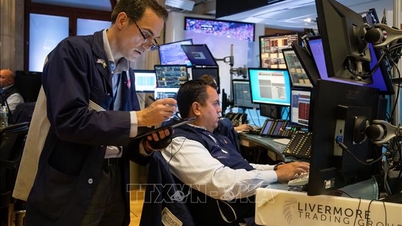


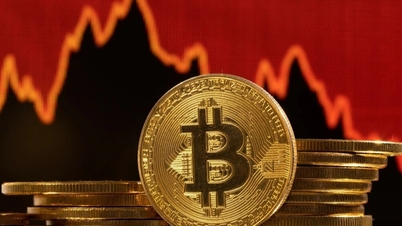
















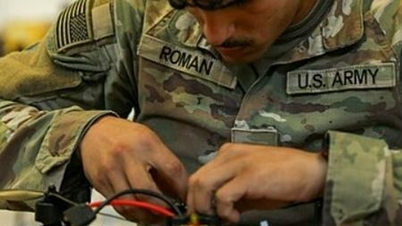
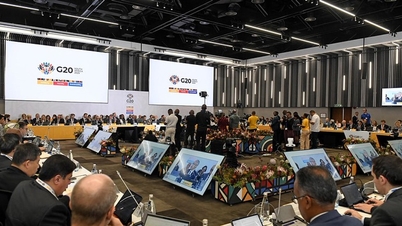


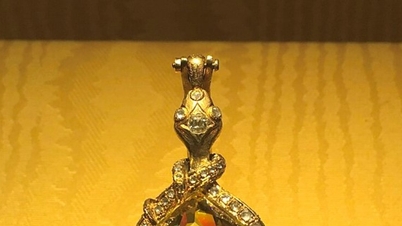



![[Video] Hue Monuments reopen to welcome visitors](https://vphoto.vietnam.vn/thumb/402x226/vietnam/resource/IMAGE/2025/11/05/1762301089171_dung01-05-43-09still013-jpg.webp)






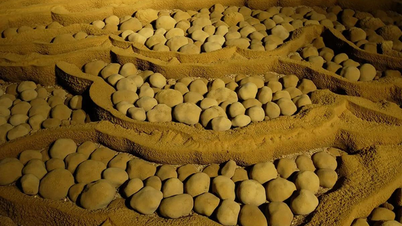



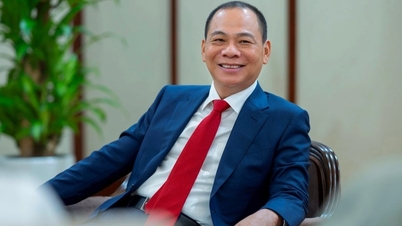



























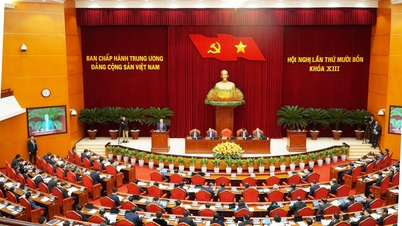



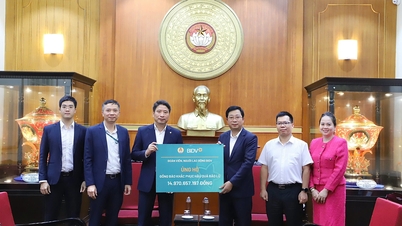


























Comment (0)